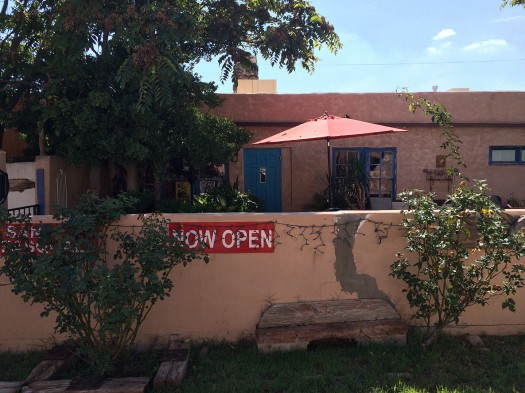A Placemaking Journal
A Comprehensive Accounting of Economic and Environmental Performance: Who’s in?
 For the last several decades, North American cities have used growth as a primary economic engine. Increasingly less dense new growth is subsidized by the more dense core, but requires a growth rate that is not supportable by the market cycle in most places today. As growth rates stalled, decreased, or went negative, city budget deficits have escalated despite cutting key city services.
For the last several decades, North American cities have used growth as a primary economic engine. Increasingly less dense new growth is subsidized by the more dense core, but requires a growth rate that is not supportable by the market cycle in most places today. As growth rates stalled, decreased, or went negative, city budget deficits have escalated despite cutting key city services.
Particularly in Sunburnt Cities and Rust Belt Cities, Smart Decline is replacing Smart Growth. Cities face a new imperative of behaving more like businesses, and less like ponzi schemes.
We’ve been talking about this for awhile in the Why Placemaking Matters series. Taking it to the next step of detail, a City Valuation Study can mimic a mergers and acquisition team to mark to market two cities — one compact, and the other sprawling — to determine several economic, environmental and social measures including:
Economy. The approximate net present value of future cash flows for each of the two cities. A new measure will build on the traditional way of valuing companies for acquisition in terms of Earnings Before Interest, Taxes, Depreciation and Amortization (EBITDA). Return on investment (ROI) for infrastructure capital expenditures and maintenance. The study will also consider standard economic measures, such as GDP, job creation, and population growth.
Environment. Across the Transect: Transportation carbon emissions in tons of CO2 per household per year per Transect zone will layer on environmental measures.
Society. Across the Transect: Crime per household, household income inequality, urban happiness index.
While the valuation could be done on Phoenix and Chicago, places of similar size may be more telling, such as Calgary and New York:
Phoenix: 1.4 million 2010 population; 518 square mile; 2,700 people per square mile
Chicago: 2.7 million 2010 population; 227 square mile; 11,900 people per square mile — 4.4x Phoenix
Calgary: 988k 2006 population; 280 square mile; 3,500 people per square mile
New York: 8.1 2010 population; 304 square mile; 26,600 people per square mile — 7.6x Calgary
While many are creating scholarship — 51 studies we summarized last month here — tying placemaking to economic development and environmental performance, none have yet valued the city as a whole.
So which of you are the likely cast of characters to be on this faux M&A team with me? Scott Bernstein, Galina Tachieva, Lee Sobel, Elizabeth Plater-Zyberk, Joe Minicozzi, Charles Marohn, Marina Khoury, Paul Crabtree, Charles Montgomery, Matthew Lambert, Kaid Benfield, you all quickly come to mind. Not sure how this thought game would be supported, but just putting it out there! Could be fun. It isn’t about declaring winners or losers, it’s about helping places understand the impacts of investment decisions, and up their returns going forward.
And interestingly the rates of return even on 1 and 2-story historic main streets are usually at least couple times the ROI of its sprawling counterparts, so the thought game could also be about small towns as well. A particularly fulfilling version of those patterns of place are pictured below, where we had the pleasure of working last month, in Mesilla, New Mexico.


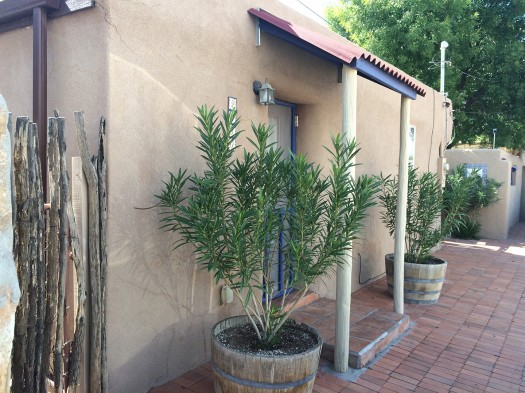
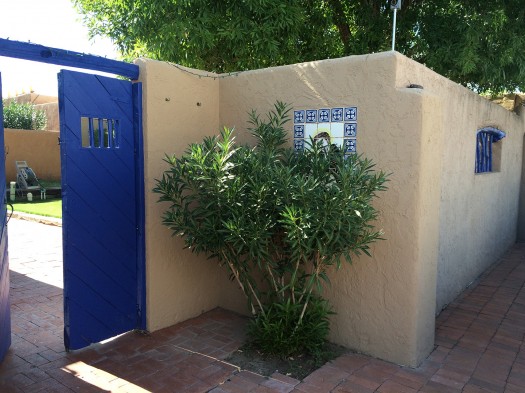
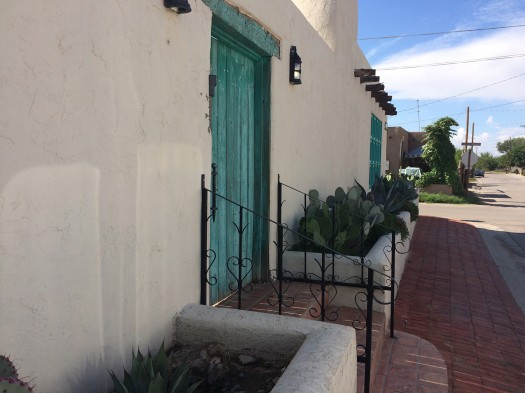
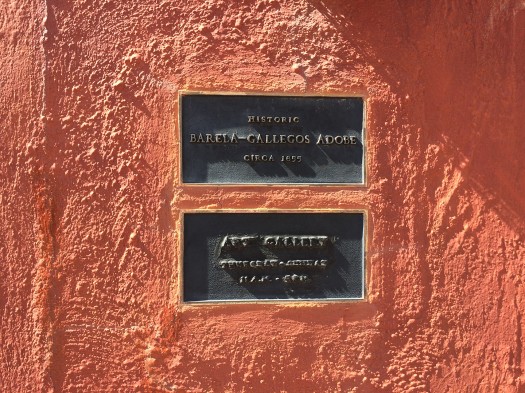
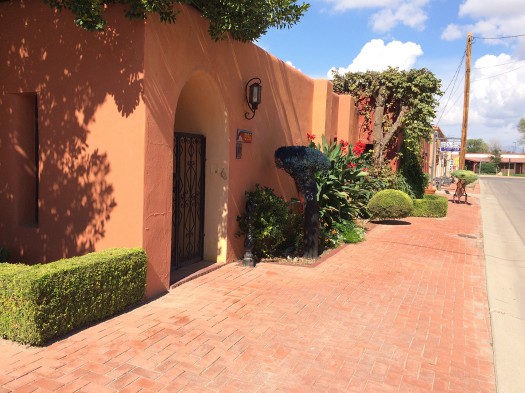
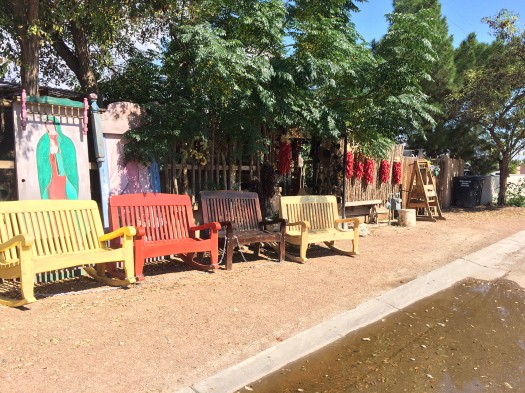

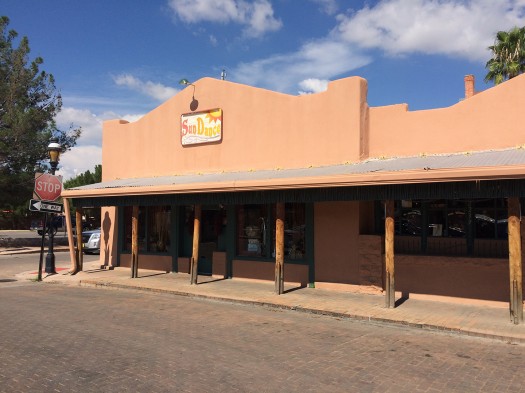
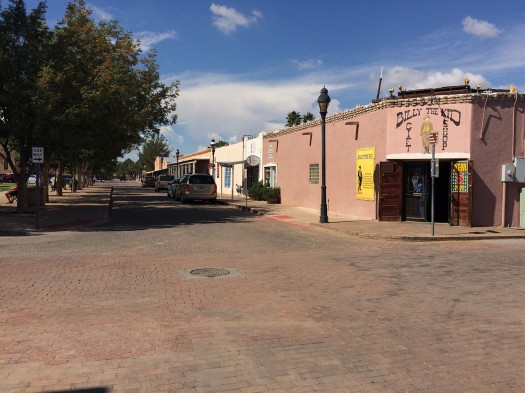

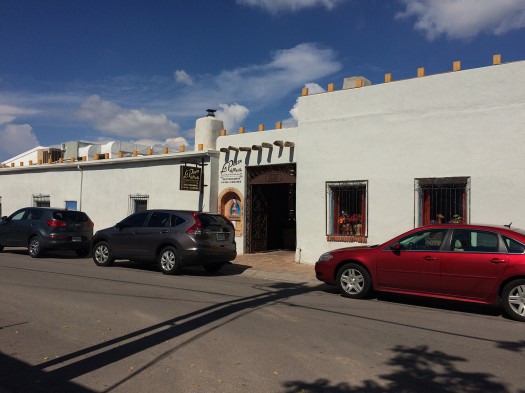
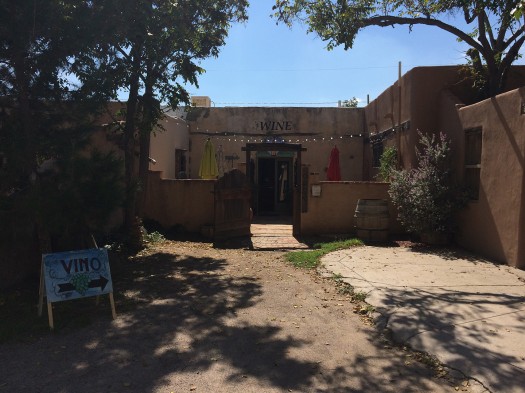
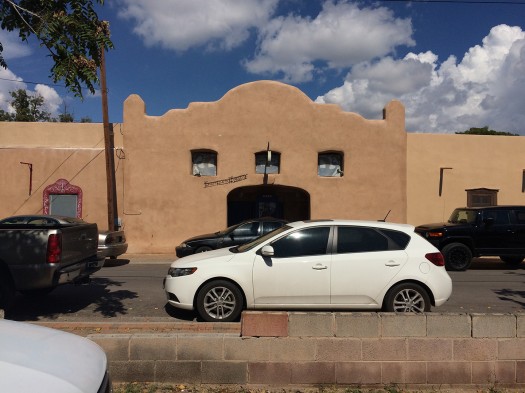
If PlaceShakers is our soapbox, our Facebook page is where we step down, grab a drink and enjoy a little conversation. Looking for a heads-up on the latest community-building news and perspective from around the web? Click through and “Like” us and we’ll keep you in the loop.


